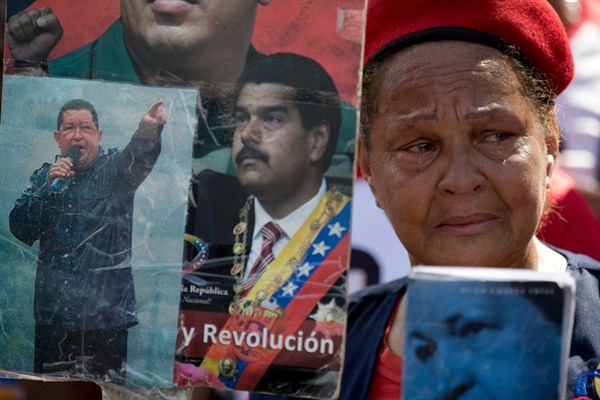It wasn’t very long ago that Latin American voters, in country after country, started electing leftist presidents. The new crop of leaders that rose to power over the past few decades occupied a wide range of positions along the ideological spectrum, advocating leftist policies that varied mightily—from mild income redistribution projects to aggressive nationalization programs. But what was unmistakable was the trend moving the continent decidedly leftward. Some dubbed it the “pink tide.” That tide is now receding with as much force as it came ashore. Last month’s surprise protests against the well-entrenched Nicaraguan government pushed the tide farther out.
The movement’s high-water mark came during the presidency of the late Hugo Chavez, the Venezuelan firebrand who tried to build, rally and finance a coalition of leftist leaders across the hemisphere. Roughly a decade after Chavez came to power in 1999, leftist politicians had scored impressive victories, capturing the presidency in Venezuela, Nicaragua, Bolivia, Ecuador, Honduras, Paraguay, Brazil, Uruguay, Argentina, Chile and Peru. Now that long list is dwindling.
Despite maneuvers that have allowed several—though not all—of these leftist presidents to erode democratic norms, often by dismantling term limits and taking control of electoral boards, the number of countries with leftist leaders is growing shorter. And just as significantly, some of the presidents who remain in office after maneuvering to secure multiple terms are facing the wrath of a public fed up with the reversal of their country’s democratic progress.

